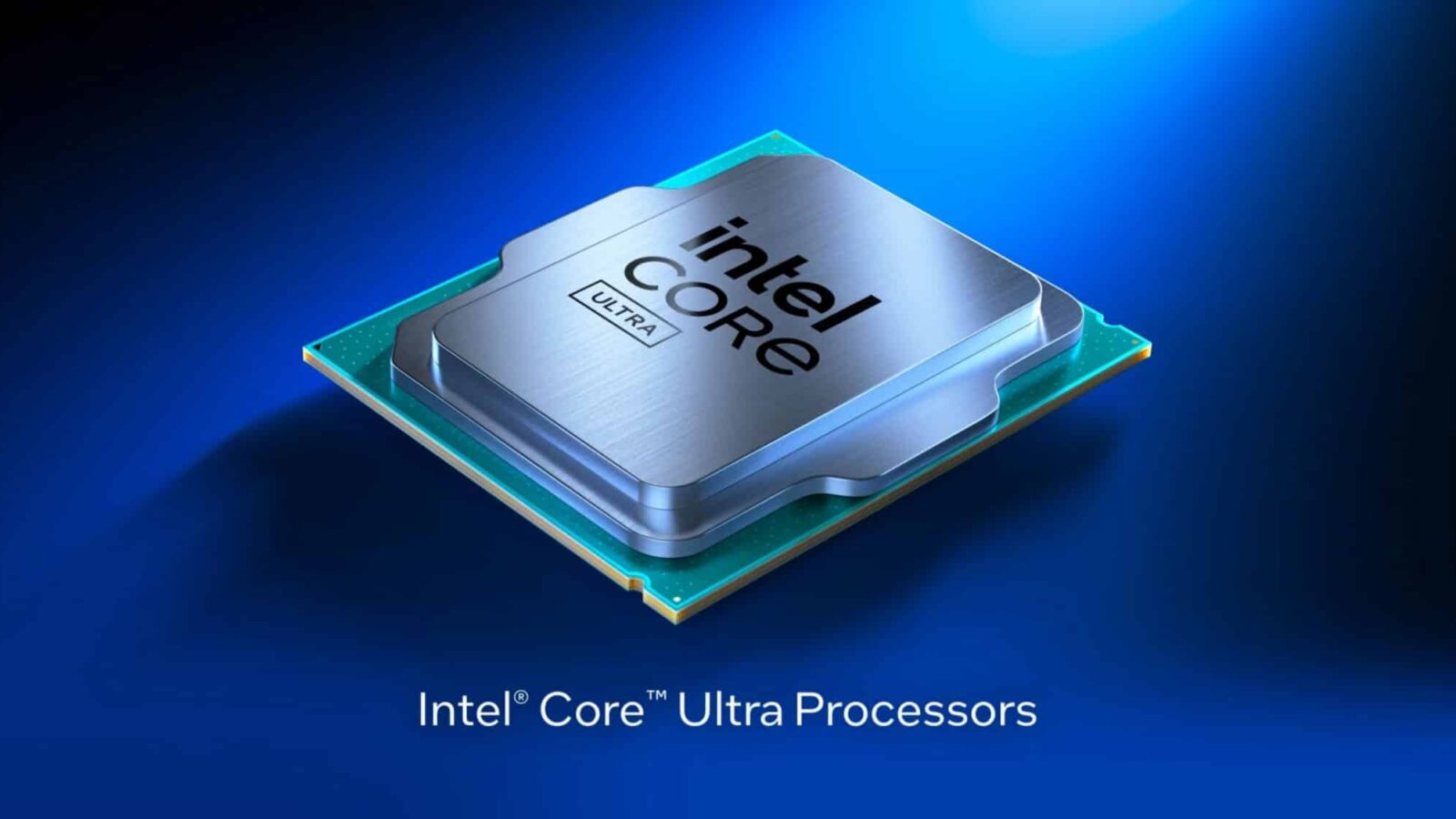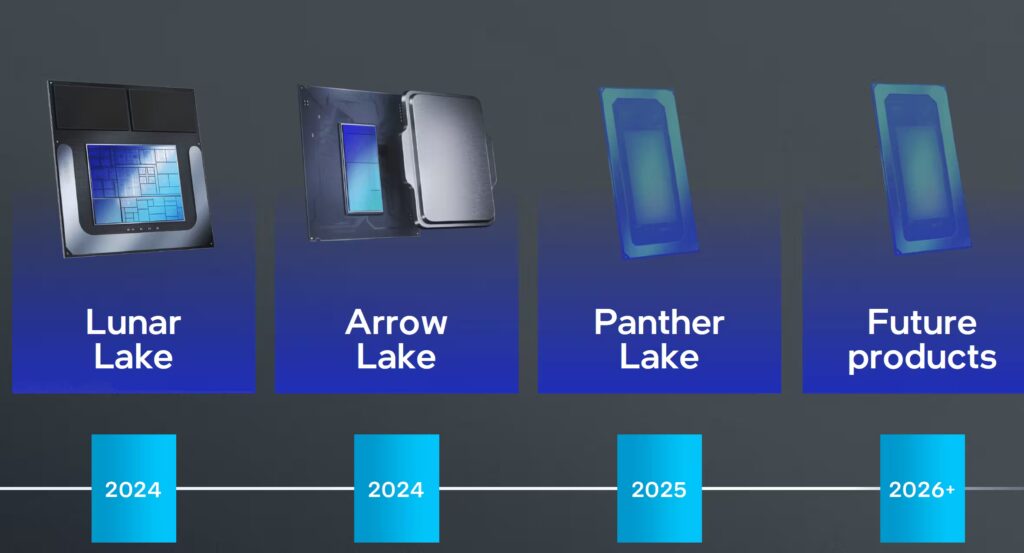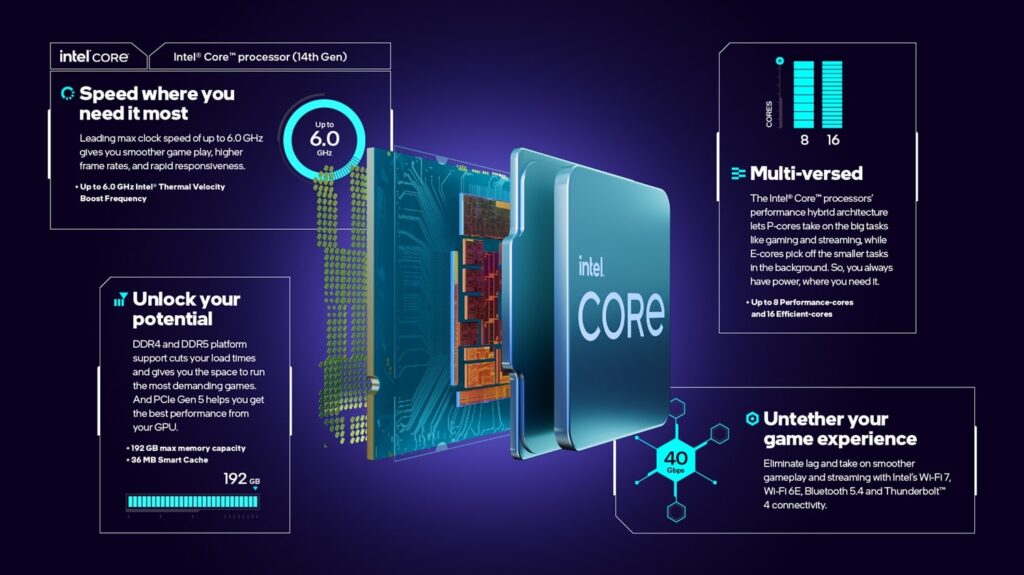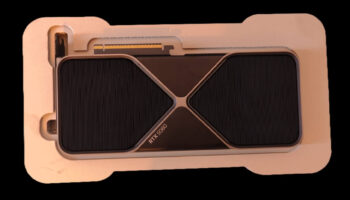
Intel’s next-gen Nova Lake-S CPU die has allegedly taped out. In other words, the first fabricated dies have arrived from the fab for testing and quality control. The interesting part is that the tape-out comes from TSMC’s 2nm-class manufacturing, making Nova Lake-S the second “Core Ultra” desktop lineup using third-party capacity.
Increased Reliance on TSMC; IDM for Halo Mobility Tiles?

Previously, Lunar Lake and Arrow Lake-S also used compute tiles fabbed on TSMC’s N3B node. The IOD was fabbed on the N6 node, while the latter’s GPU tile used N5P. The previous major processor family fabbed at Intel’s in-house fab was Meteor Lake, utilizing Intel 4 (previously 7nm) for the compute die.
With the 18A node dedicated to the Panther Lake lineup, it’s no surprise that the Nova Lake-S desktop stack is a TSMC job:
- Like Meteor Lake, Panther Lake is going to be exclusive to the notebook space, probably with a limited supply.
- This would be a PR stunt (late 2025) for the troubled 18A node and an interlude to the launch of the high-volume Nova Lake family (H2 2026).
- The latter, using TSMC’s 2nm process, would prevent further derailing of Intel’s CPU roadmap without resorting to dated fabrication technologies.

The Core Ultra 200S processors could use older Intel nodes for the GPU and IOD tiles (based on the economics and available capacity). However, chances are that they, too, will be outsourced. As per the latest leaks:
- The Core Ultra 9 flagship will feature two compute tiles, each featuring 8 P-cores and 16 E-cores.
- The Core Ultra 7 will include two partially disabled compute tiles, each incorporating 7 P-cores and 12 E-cores.
- Read more about Nova Lake-S.
Arrow Lake-S Refresh Fills the Gap
Arrow Lake-S will continue to be the chipmaker’s de facto desktop stack, with a refresh planned for later this year:
- It would be similar to the 14th Gen Raptor Lake Refresh, with slight clock bumps and more E-cores.
- Arrow Lake’s launch was plagued by cache/memory latency issues, which brought down its already mediocre gaming performance.

A refresh would straighten these out, support higher memory frequencies, and improve platform capabilities (which is a dead-end) with Nova Lake switching to a new socket.





